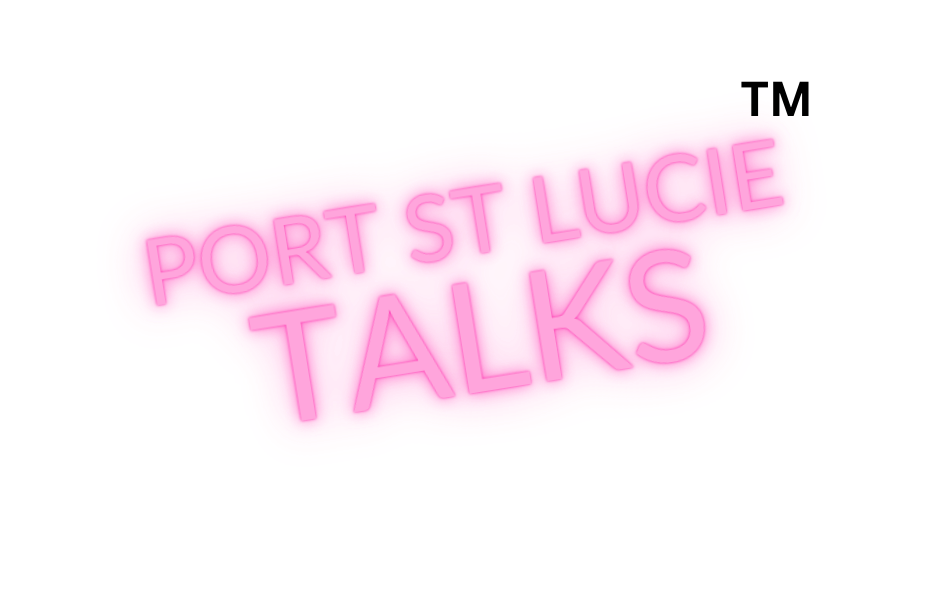Boost Your Blog SEO with Engaging Content
Creating an SEO-optimized blog post is more than sprinkling a few keywords into your text. It involves crafting engaging, valuable, and original content that resonates with your audience while adhering to SEO best practices. In this blog, we will delve into some key strategies to help you elevate your blog with SEO-friendly content.
Understanding the Basics of SEO
Search Engine Optimization (SEO) is the practice of enhancing your website’s visibility on search engines like Google. When done correctly, SEO can:
- Drive more organic traffic to your site
- Improve user engagement
- Boost your site’s ranking on search engine results pages (SERPs)
Keyword Research
At the core of effective SEO lies keyword research. Identifying the right keywords helps you understand what your audience is looking for and allows you to tailor your content accordingly.
How to Create SEO-Optimized Blog Posts
Creating SEO-optimized content isn’t just about keywords; it’s about delivering value to your audience. Here are some essential steps to follow:
1. Crafting a Catchy Title
Your title is the first thing your readers will see. A compelling title not only grabs attention but also informs readers about what to expect. Aim for titles that are both engaging and rich in keywords relevant to your topic.
2. Writing High-Quality Content
Content is king in SEO. Google’s algorithms prioritize websites that provide valuable and original content. To create high-quality content:
- Ensure your information is accurate and up-to-date
- Present your information in a clear and understandable manner
- Use anecdotes, examples, and data to support your points
Tip: Keep your paragraphs short and your language conversational to maintain reader engagement.
3. Utilizing Headers and Subheaders
Headers and subheaders (like
and) help organize your content and make it easier for search engines to crawl and index your pages. Additionally, they enhance user experience by breaking up the text and making your post easier to read.On-Page SEO Best Practices
On-Page SEO Best Practices
Once you’ve created compelling content, it’s time to optimize it for search engines.
1. Meta Descriptions
Meta descriptions are snippets of text that summarize your page’s content. They appear under your page’s title in SERPs. A well-crafted meta description can increase your CTR (Click-Through Rate). Make sure your meta description:
– **Includes your primary keyword**
– **Is succinct and compelling (around 155-160 characters)**
– **Accurately represents your content**
2. Image Alt Text
Images play a crucial role in making your content visually appealing. However, search engines can’t ‘see’ images the way humans do. That’s where image alt text comes in. Properly optimized alt text:
- Describes the image clearly
- Includes relevant keywords
- Improves accessibility for visually impaired users
3. Internal and External Links
Incorporating links within your content helps enhance its value:
– **Internal Links:** These direct users to other relevant pages on your site, helping to keep them engaged longer.
– **External Links:** Linking to reputable external sources can boost your content’s credibility and provide additional value to your readers.
Conclusion
Creating an SEO-optimized blog post involves a blend of quality content, strategic keyword use, and technical SEO best practices. By focusing on providing valuable, engaging, and well-structured content, you not only improve your search engine rankings but also build a loyal readership.
Remember, SEO is an ongoing process. Continuously refining your content and staying updated with SEO trends will help you maintain an edge in the ever-evolving digital landscape.
Start implementing these strategies in your next blog post, and watch your site’s visibility and traffic soar!

































